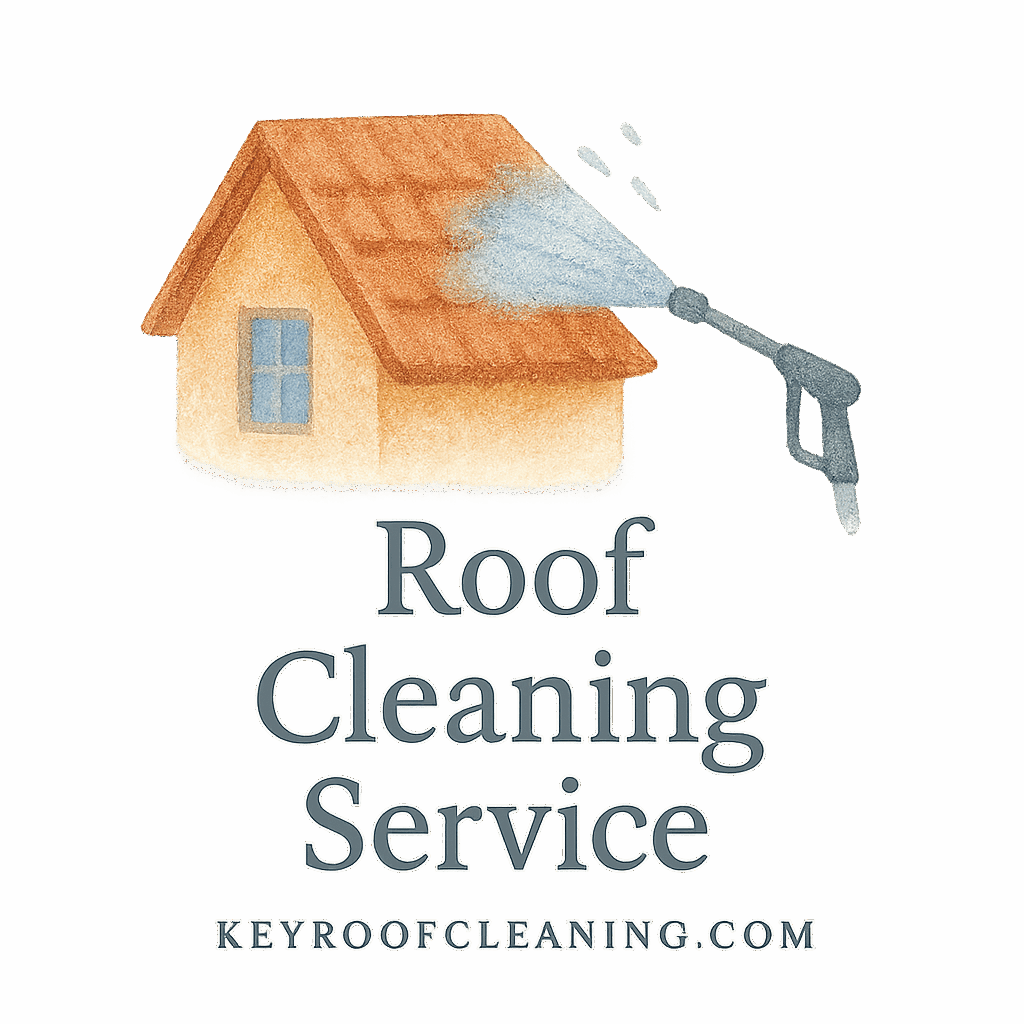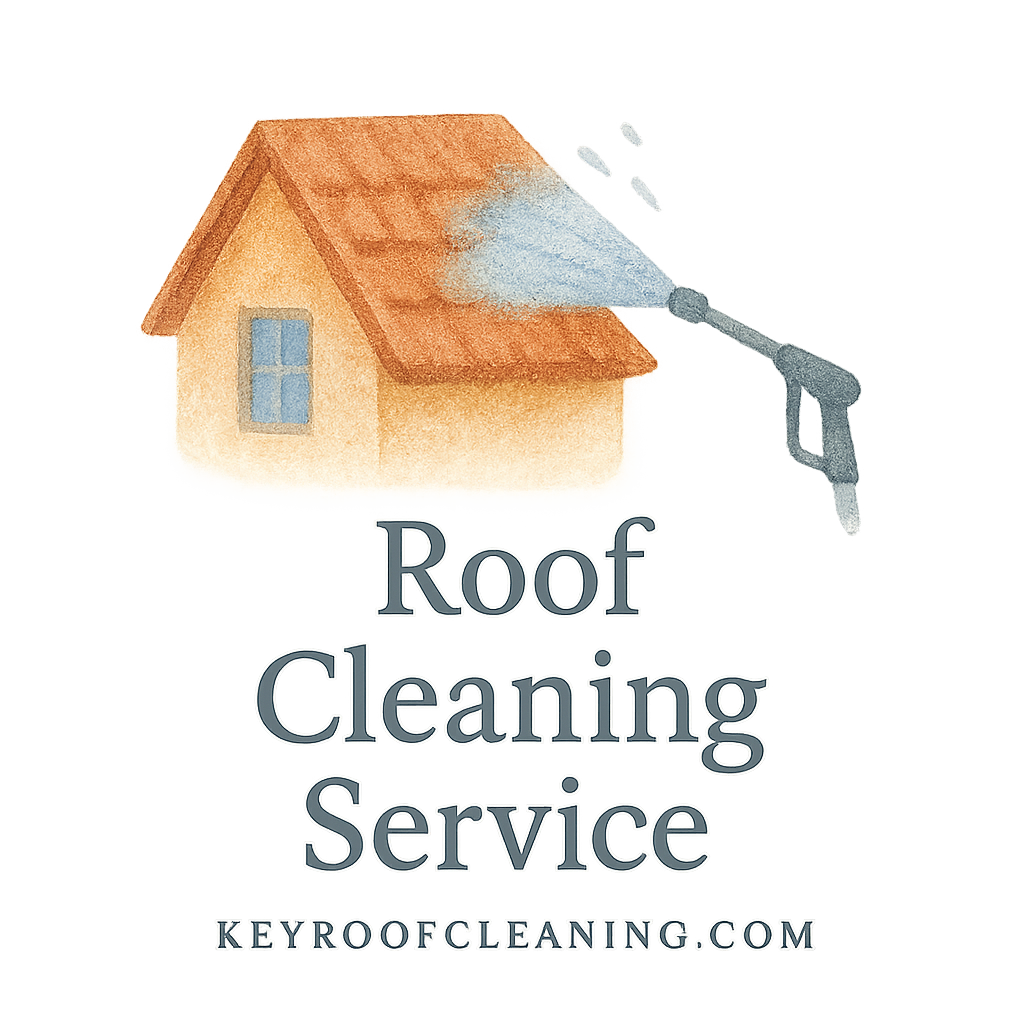Introduction
Cleaning your roof might not seem like the most dangerous task around the house, but trust me, it can be risky business. You’re climbing heights, balancing on steep surfaces, and working with water and cleaning products—all on a ladder. That’s why ladder safety for roof cleaning jobs is absolutely non-negotiable.
In this guide, we’ll cover six essential ladder safety tips, share bonus advice, and explain how to stay secure and smart when tackling this slippery task. Whether you’re a homeowner or a professional, this guide will make your cleaning job safer and smarter.
Why Ladder Safety Is a Big Deal
A Hidden Risk in Every Roof Cleaning Job
Falls from ladders are one of the leading causes of injuries in home maintenance tasks—and roof cleaning is no exception. With the added challenges of slippery surfaces, moisture, and debris, accidents can happen in seconds.
Understanding the Stakes
Ladder safety isn’t just about avoiding bruises—it’s about avoiding hospital visits or worse. Proper technique and equipment can literally be life-saving.
For more on foundational roof cleaning tips, visit Basics of Roof Cleaning.
Tip #1: Inspect Your Ladder Before Every Use
Look for Wear and Tear
Before you even place your foot on the first rung, give your ladder a once-over. Check for cracks, bends, rust, or any structural issues. Even the smallest damage can make your ladder unstable.
Verify Stability and Locking Mechanisms
Make sure all locking mechanisms snap securely into place. This applies especially to extension ladders, where hinges and slide locks must be double-checked.
Pro Tip: Check out the full Maintenance & Safety guide for a pre-use checklist.
Tip #2: Choose the Right Ladder for the Job
Step Ladder vs. Extension Ladder
Step ladders are great for single-story homes or lower edges, but when you’re going higher, an extension ladder is essential. Never try to “make it work” with the wrong ladder—it’s not worth the risk.
Consider Roof Height and Type
If your roof is steep or multi-leveled, plan accordingly. You’ll need a ladder that not only reaches but also provides proper angle and footing.
For Delicate Roofs: Use With Care
If you’re working on fragile materials like clay or tile, make sure your ladder doesn’t apply pressure directly to the surface. Explore more tile roof safety tips for proper handling.
Tip #3: Set Up on Solid, Level Ground
Avoid Slopes and Uneven Surfaces
Never set up your ladder on gravel, grass, or any surface that shifts under pressure. Use plywood sheets to level the ground if necessary.
Use Ladder Levelers If Needed
If your ground is sloped, consider using a ladder leveler to create a stable foundation. They’re worth every penny for safety.
Looking for gear to help? Browse our recommended tools and products for roof cleaning.

Tip #4: Use the 4-to-1 Rule
What Is the 4-to-1 Rule?
This rule says: For every four feet of height, place your ladder one foot out from the wall. It creates a safe climbing angle—roughly 75 degrees.
How It Prevents Falls
A ladder too steep is unstable; too shallow and it may slip out. The 4-to-1 rule is your sweet spot for balance.
For more practical ladder setup tips, see our ladder safety tag.
Tip #5: Maintain Three Points of Contact
What It Means
Always keep either two hands and one foot, or two feet and one hand on the ladder. This ensures constant stability and reduces your risk of falling.
Why It Works
It minimizes movement and keeps your balance center aligned with the ladder, especially crucial when working with cleaning gear or spraying water.
Tip #6: Wear the Right Gear
Slip-Resistant Shoes
No flip-flops or sneakers here. Use shoes with firm soles that grip even on wet surfaces. Roofing boots are a great investment.
Harnesses for Steeper Roofs
If your roof is high or particularly steep, wear a safety harness secured to an anchor point. It’s your best backup if things go wrong.
Need more protective solutions? Our roof cleaning techniques include gear recommendations for every type of job.
Bonus Ladder Safety Advice
Never Overreach
If you can’t reach a spot comfortably, climb down and reposition your ladder. Leaning too far to one side is a recipe for tipping over.
Always Have a Spotter
When possible, have someone hold the base of your ladder. If you’re cleaning solo, ask a neighbor or family member to assist.
What OSHA Says About Ladder Safety
The Occupational Safety and Health Administration (OSHA) has strict guidelines about ladder usage, particularly for professional services. You can read more about these standards under our OSHA tag.
Importance of Training Before Cleaning Roofs
Roof cleaning isn’t just a bucket-and-brush job. Knowing your roof type, the best methods, and using proper cleaning solutions is essential. Check out our professional service tag to understand the value of hiring trained experts.
How Roof Type Influences Ladder Use
Tile Roofs vs. Asphalt Shingles
Working on tile? Be extra cautious—tiles are fragile and slippery. For shingles, traction is better but always assume potential slick spots.
Get familiar with different roof types and materials before you climb.
Eco-Friendly and Safety-Oriented Cleaning Techniques
When you use biodegradable products and eco-friendly roof cleaning methods, you’re not just protecting the environment—you’re making it safer for yourself, too. Less harsh chemicals = less risk of burns, slips, or toxic inhalation.
Explore sustainable practices via our green living and sustainability categories.
Conclusion
Ladder safety for roof cleaning jobs isn’t rocket science, but it is absolutely vital. With a few simple habits—like checking your ladder, setting up on stable ground, and wearing the right gear—you can prevent serious injuries and finish your job with peace of mind.
And remember, being smart about roof cleaning isn’t just about safety—it’s about doing the job efficiently, effectively, and responsibly.
For more roof cleaning tips and safety resources, visit Key Roof Cleaning.
FAQs
1. Can I clean my roof without a ladder?
Only if you have specialized equipment like extension poles or drone-based cleaners. However, most DIY cleanings require a ladder.
2. What type of ladder is safest for roof cleaning?
An extension ladder with non-slip feet and locking mechanisms is generally safest, especially for multi-story homes.
3. How high should my ladder extend beyond the roof edge?
OSHA recommends at least 3 feet above the landing point to allow safe transition.
4. Are there eco-safe cleaning products for roofs?
Yes! Browse our eco-friendly solutions to keep your home and the planet clean.
5. What is the safest way to descend a ladder after roof cleaning?
Face the ladder, maintain three points of contact, and descend slowly.
6. Should I hire a pro for roof cleaning?
If you’re unsure or have a steep/delicate roof, check our hiring tips and consider bringing in a pro.
7. Are there ladders designed specifically for roofs?
Yes! Some ladders come with roof hooks and stabilizers made just for roof access. Browse our tools and products page for ideas.


